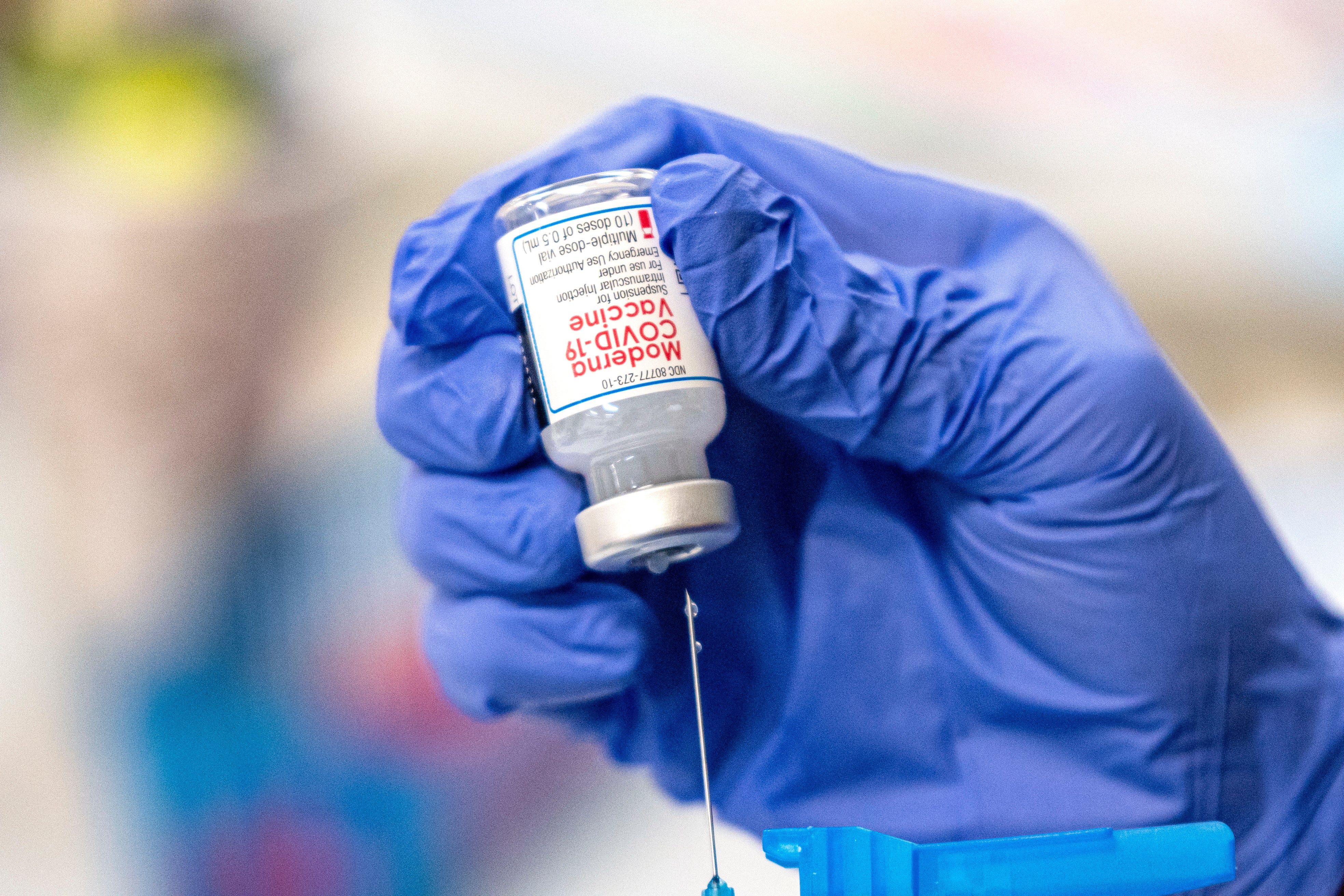Stanford scientists deconstruct Pfizer and Moderna Covid vaccines and publish ‘recipes’ for all to see
Stanford scientists publish previously unknown mRNA sequence of Moderna Covid vaccine

Your support helps us to tell the story
From reproductive rights to climate change to Big Tech, The Independent is on the ground when the story is developing. Whether it's investigating the financials of Elon Musk's pro-Trump PAC or producing our latest documentary, 'The A Word', which shines a light on the American women fighting for reproductive rights, we know how important it is to parse out the facts from the messaging.
At such a critical moment in US history, we need reporters on the ground. Your donation allows us to keep sending journalists to speak to both sides of the story.
The Independent is trusted by Americans across the entire political spectrum. And unlike many other quality news outlets, we choose not to lock Americans out of our reporting and analysis with paywalls. We believe quality journalism should be available to everyone, paid for by those who can afford it.
Your support makes all the difference.Stanford scientists have published the mRNA sequence of the Moderna Covid-19 vaccine after reverse-engineering the droplets left in used vials.
Praising the work of their peers working at Moderna and Pfizer, the scientists said they had done the world “a great service,” however, making the mRNA sequence of vaccines available will “continue to benefit humanity,” they told Motherboard.
The researchers from Stanford University’s School of Medicine and departments of pathology, genetics, paediatrics, and medicine had asked for permission from the US Food and Drug Administration to keep the emptied vials that would have been otherwise trashed. The sequence was posted on a tech site Github on 23 March.
“While anyone interested could data-mine and filter these sequences out later, there is a substantial economy of scale and educational value in having the sequences available ASAP and in not having to guess where they have come from,” they said.
Experts have also said that this knowledge will help researchers around the world “better identify when testing samples whether they are looking at sequences from the Covid-19 virus or vaccines to treat the virus because they can give false positives.”
The scientists — Dae Eun Jeong, Matthew McCoy, Karen Artiles, Orkan Ilbay, Andrew Fire, Kari Nadeau, Helen Park, Brooke Betts, Scott Boyd, Ramona Hoh, and Massa Shoura — said that sharing the sequence information will help other researchers to “rapidly identify such sequences as therapeutic-derived rather than host or infectious in origin.”
Read more:
This isn’t the first time the sequence of a Covid vaccine has been made public. On 25 December last year, Bert Hubert, PowerDNS founder, had used the publicly available information about the BioNTech/Pfizer vaccine to figure out its mRNA sequence.
In the GitHub post, the scientists said: “RNA vaccines have become a key tool in moving forward through the challenges raised both in the current pandemic and in numerous other public health and medical challenges.”
“With the rollout of vaccines for COVID-19, these synthetic mRNAs have become broadly distributed RNA species in numerous human populations. Despite their ubiquity, sequences are not always available for such RNAs.”
“As the vaccine has been rolling out, these sequences have begun to show up in many different investigational and diagnostic studies. Knowing these sequences and having the ability to differentiate them from other RNAs in analyzing future biomedical data sets is of great utility,” the Stanford scientists said in an email interview with Motherboard that first reported on this.
Stuart Turville, an associate professor in immunology and pathology at the University of New South Wales, told the Guardian that it would be good to know the sequence, “so if any false positives turned up, you could troubleshoot if the vaccine RNA was the source of your contamination.”
The scientists said in the post that “Pfizer/BioNTech data verified the reported sequence for that vaccine while the Moderna sequence could not be checked against a published reference.”
Join our commenting forum
Join thought-provoking conversations, follow other Independent readers and see their replies
Comments